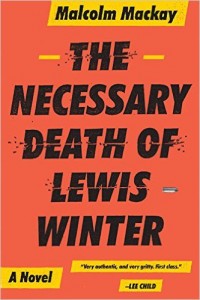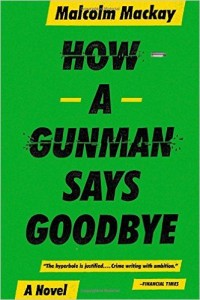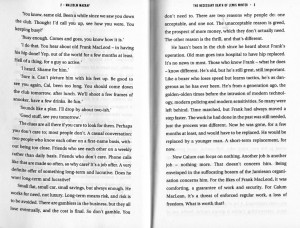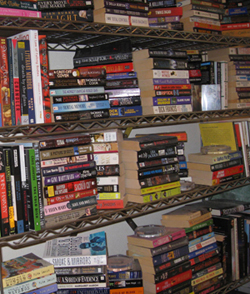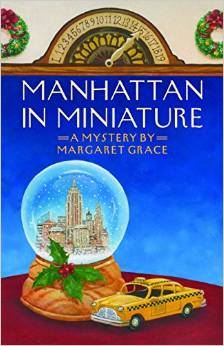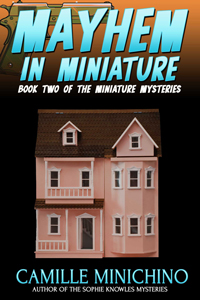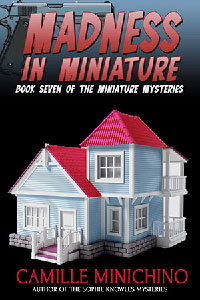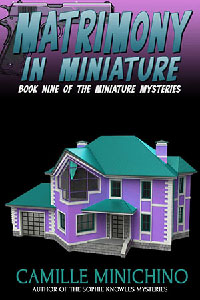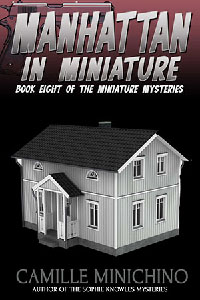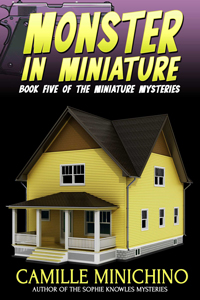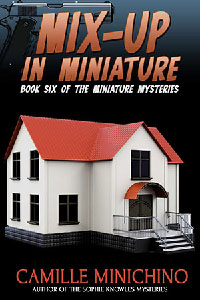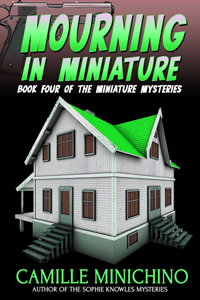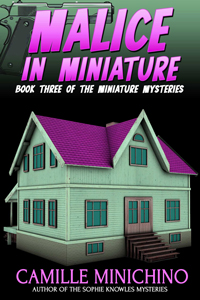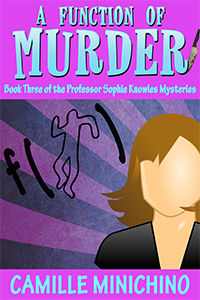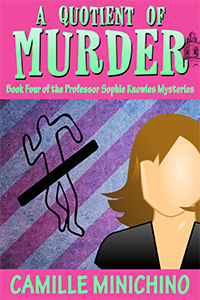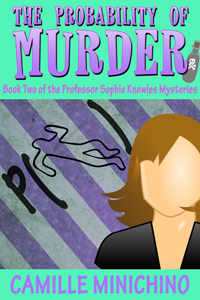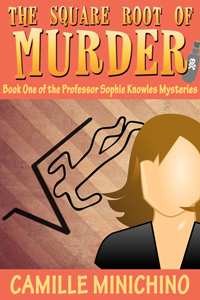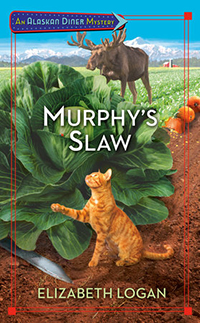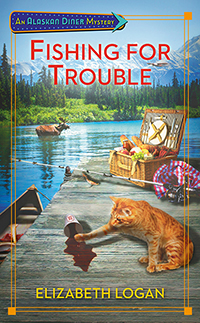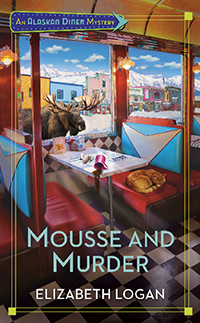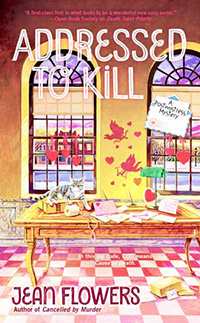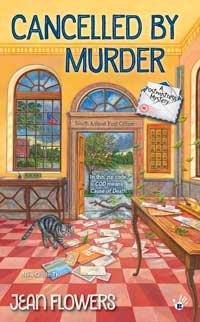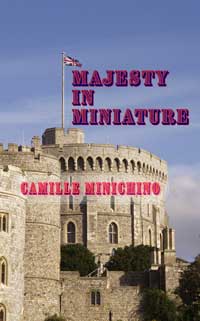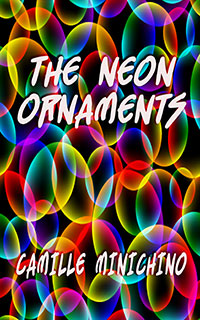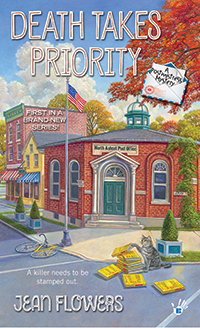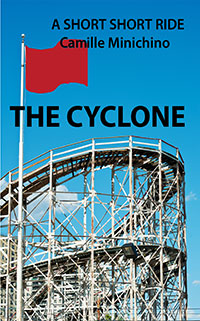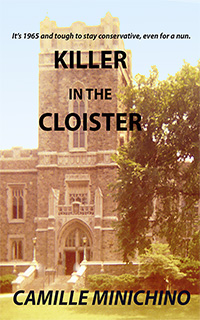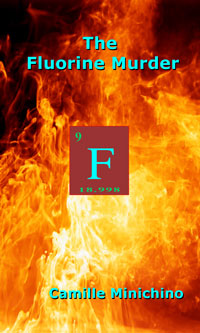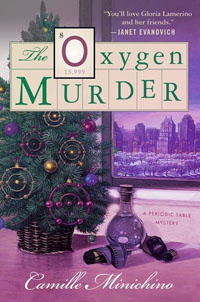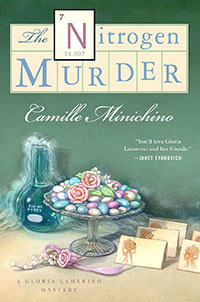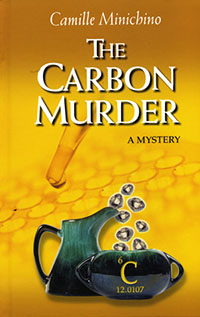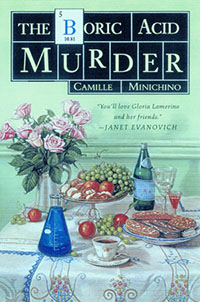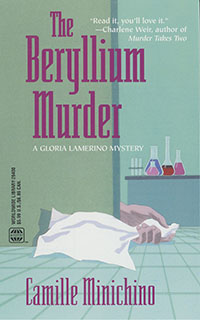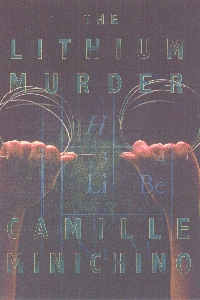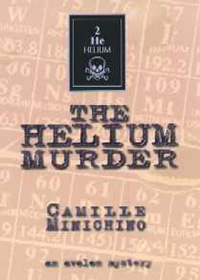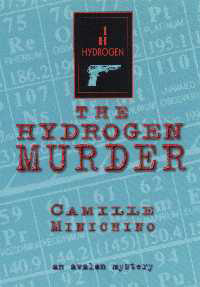I remember a time when waiting for reviews of my book was a nail-biting experience. Not that I’m completely over it — I’m still thrilled by a good one, cranky at a bad one.
But after 25+ novels and short stories, I don’t get quite so anxious. Without actually counting, I’d say the good ones outnumber the bad ones by at least a small margin!
Here a few favorites.
1. In one of my early books, a character refers to May 5 as Mexican Independence Day.
Oops – I’m from Boston, where our big holidays are Patriot’s Day (April 19) and Bunker Hill Day (June 17). How was I to know that Mexican Independence Day is September 16? I don’t remember any fuss being made on that day that matches the fuss in California on Cinco de Mayo.
I received an email from a professor at a college in Mexico City. “Gringos!” she wrote, and proceeded to lecture me on Mexican military history; a few nasty terms were included. Following my rule of never defending myself, I apologized, and in turn received an apology from her for being less than civil.
2. An amazon reviewer gave one of Margaret Grace’s Miniature Mysteries one star because she thought Maddie, 11, was a spoiled brat. I didn’t respond, but wondered what kind of grandmother she’d make. Another reviewer complained about the books because she doesn’t like miniatures. Hello?
Possibly my favorite is a reviewer who said one of Ada Madison’s books was “awful” and listed reasons. At the end, he said he bought the next one in the hope that it would be better. Well, thanks, sir, as long as you keep trying . . . I can’t ask for more than that.
On the positive side, it’s a huge boost when anyone likes a book and, I must admit, when a reviewer claims to have “learned something,” whether about science, miniatures, academic life, or—most recently—interesting facts about the USPS.
Finally, one anecdote about my nonfiction “How to Live with an Engineer.”
It’s a short book, and a woman read just about the whole book while standing in front of me at a table at a fair. I was curious about whether she’d buy it after the long perusal. She did, asking me to sign it.
“How would you like me to address it?” I asked.
She thought a minute. “Just say, ‘To Ellen, good luck with Scott’.”
 Filed Under :
Filed Under :  Jan.7,2016
Jan.7,2016

